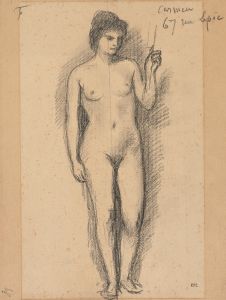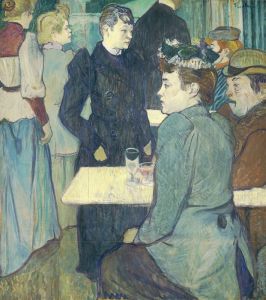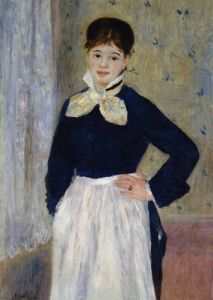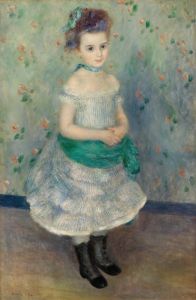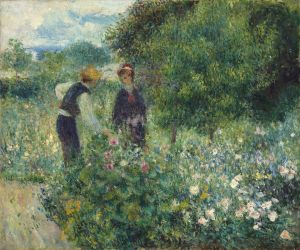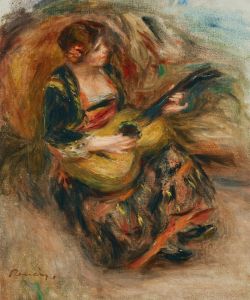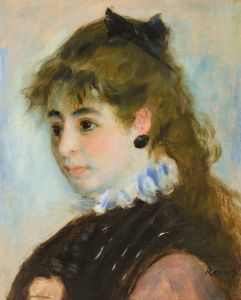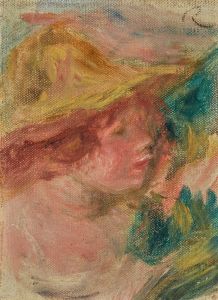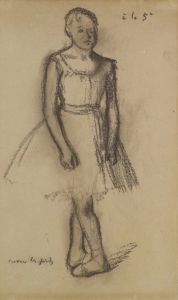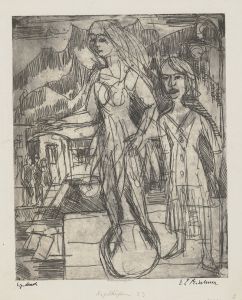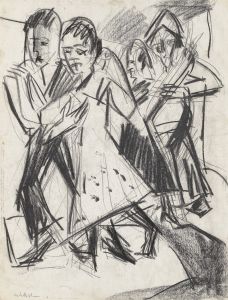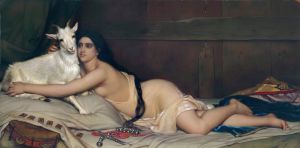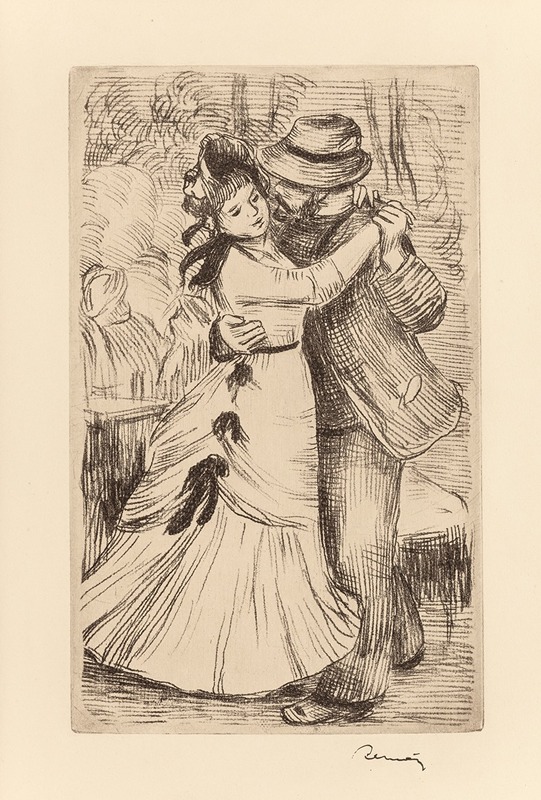
La Danse à la campagne
A hand-painted replica of Pierre-Auguste Renoir’s masterpiece La Danse à la campagne, meticulously crafted by professional artists to capture the true essence of the original. Each piece is created with museum-quality canvas and rare mineral pigments, carefully painted by experienced artists with delicate brushstrokes and rich, layered colors to perfectly recreate the texture of the original artwork. Unlike machine-printed reproductions, this hand-painted version brings the painting to life, infused with the artist’s emotions and skill in every stroke. Whether for personal collection or home decoration, it instantly elevates the artistic atmosphere of any space.
"La Danse à la campagne" (Dance in the Country) is a celebrated painting by the renowned French Impressionist artist Pierre-Auguste Renoir. Completed in 1883, this work is part of a series of paintings that Renoir created, focusing on the theme of dance, which also includes "La Danse à la ville" (Dance in the City) and "La Danse à Bougival" (Dance at Bougival). These paintings are notable for their vibrant depiction of movement and the joyful atmosphere they convey.
Renoir's "La Danse à la campagne" captures a lively scene set in an outdoor environment, characteristic of the Impressionist movement's interest in capturing everyday life and leisure activities. The painting features a couple dancing in a garden, with the woman wearing a bright yellow dress and the man dressed in a suit and straw hat. The background is filled with lush greenery, suggesting a rural setting, which contrasts with the more formal indoor setting of "La Danse à la ville."
The female figure in "La Danse à la campagne" is believed to be Aline Charigot, Renoir's future wife, who appears in several of his works. Her presence in the painting adds a personal dimension to the piece, as Renoir often included friends and loved ones in his art. The male figure is depicted with a sense of movement and energy, typical of Renoir's ability to convey the dynamism of dance.
Renoir's technique in this painting exemplifies the Impressionist style, characterized by loose brushwork and a focus on the effects of light. The use of vibrant colors and the play of light and shadow create a sense of immediacy and spontaneity, inviting the viewer to experience the scene as if they were present. The painting's composition, with the couple positioned slightly off-center, adds to the sense of movement and liveliness.
"La Danse à la campagne" was part of a commission by the French art dealer Paul Durand-Ruel, who was a significant supporter of the Impressionists. Durand-Ruel's patronage was crucial in promoting Renoir's work and the Impressionist movement as a whole. The painting was exhibited at the Seventh Impressionist Exhibition in 1882, where it was well-received by critics and the public alike.
Today, "La Danse à la campagne" is housed in the Musée d'Orsay in Paris, where it continues to be admired by visitors from around the world. The painting is an excellent example of Renoir's ability to capture the joy and beauty of everyday life, a hallmark of his artistic legacy. Through its depiction of dance, the painting celebrates the pleasures of life and the human connection, themes that resonate with audiences to this day.
Renoir's work, including "La Danse à la campagne," remains influential in the art world, appreciated for its technical mastery and its ability to evoke emotion and a sense of place. The painting is a testament to Renoir's skill in portraying the vibrancy of life and his contribution to the development of modern art.





